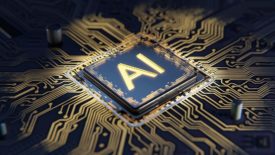Home » manufacturing
Articles Tagged with ''manufacturing''
CMS Column | Justin Novak
A lot has happened since 1984, and we're just getting started.
Read More
Quality Headline
Aionic Digital Appoints Benjamin, Zeiger to Executive Leadership Team
April 2, 2024
Vision & Sensors | Vision
Integrated, Centrally-Managed Machine Vision for Built-In Quality
If we can bridge the confidence gap between underperforming legacy vision systems and manufacturers’ needs today, the rate of adoption is sure to grow exponentially.
April 2, 2024
Quality Headline
Larsen Manufacturing Lead Inspector Honored as 2024 Inspector of the Year from ASQ’s Inspection Division
April 1, 2024
Systems Integration
Systems integration for machine vision solutions – Driving application success with current and future technologies
In the rapidly changing and expanding landscape of imaging hardware components and software solutions, the job of systems integration is as important as ever.
April 1, 2024
Quality Headline
Greenpower Park to Establish UK as Center of Clean Energy, Electrification
March 29, 2024
Quality in Automation | Robotics
Advanced Automation Delivers the Ultimate in Quality Control
When considering the type of robot for automating inspection tasks, cobots are often the initial go-to solution.
March 29, 2024
Quality in Automation | Automation
Machine Vision Advancements Simplify, Improve Vision-Guided Robot Systems
3D Imaging, AI-Based Software, and Industrial Computing Democratize Application-Specific Automation Systems.
March 29, 2024
Quality in Automation | Case Study
How to Specify Vision Systems when Automating Measurement and Inspection Processes
Perhaps you already know you want to procure a vision system but are wondering how to go about specifying the system.
March 29, 2024
Quality in Automation | Artificial Intelligence
The Future of AI for Visual Inspection and Visual Quality Control in Electronics
With the rise of AI and the global restructuring of where goods are manufactured, leaders must devise a new strategy for visual quality control.
March 29, 2024
Stay in the know with Quality’s comprehensive coverage of
the manufacturing and metrology industries.
eNewsletter | Website | eMagazine
JOIN TODAY!Copyright ©2024. All Rights Reserved BNP Media.
Design, CMS, Hosting & Web Development :: ePublishing
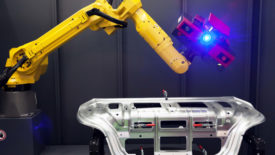


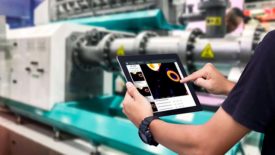


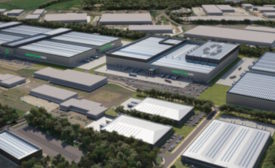
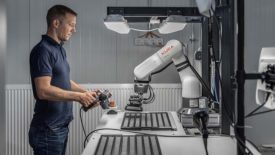
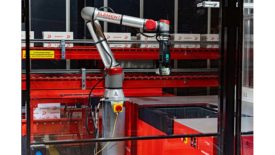
.jpg?height=168&t=1711968358&width=275)
